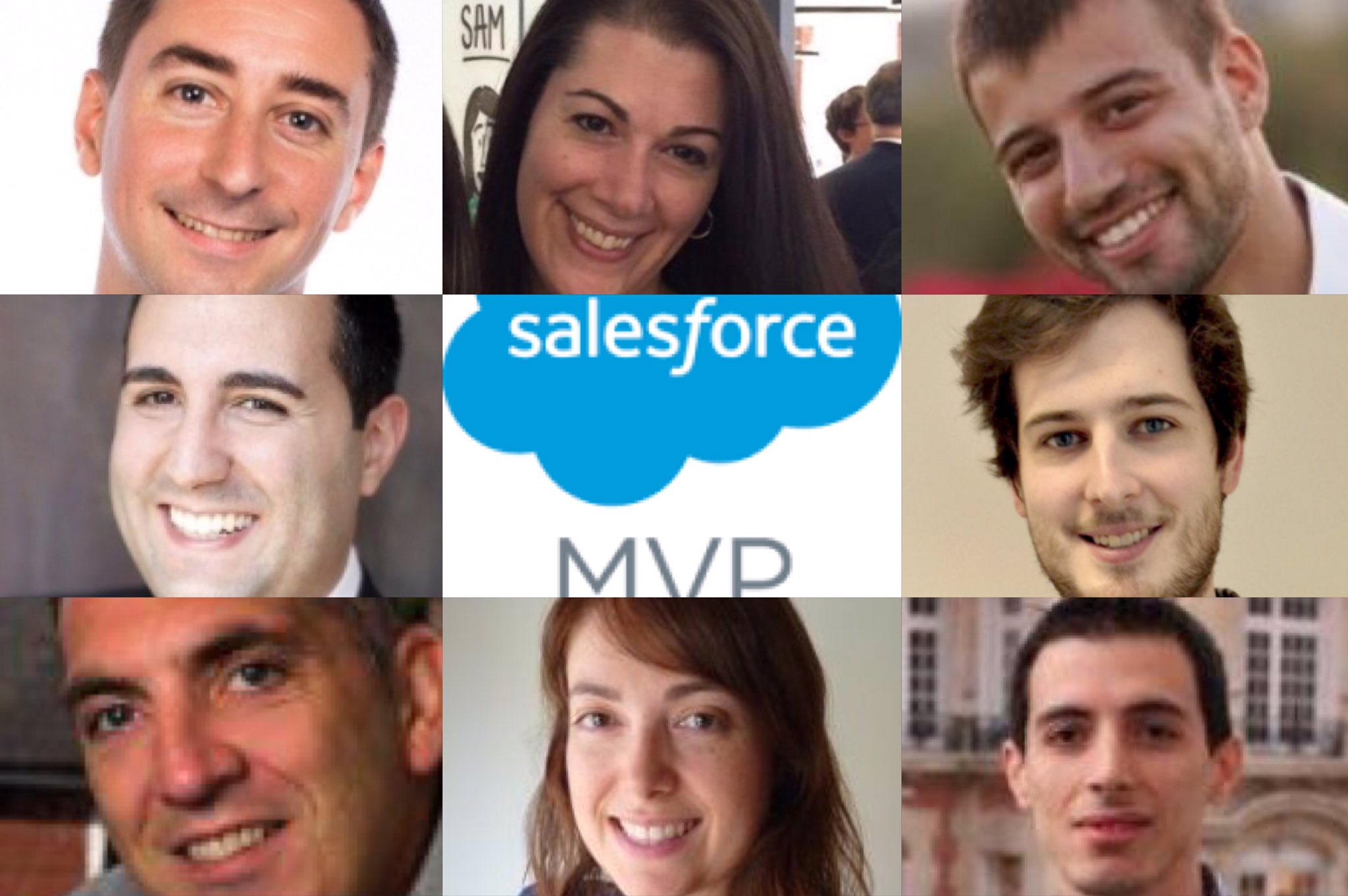I was introduced to the Lightning world at its very beginning by Jeff Douglas when I was an active member of the Top Coder community.
At that time there were soo few standard components, no way to add a Lightning app / component in a Visualforce Page or easily integrate Lightning with your existing CRM.
Plus it was so hard to make it work, no documentation, no examples, no debugging, but you could feel the beginning of something that would have innovated the platform.
In months the set of components exploded, the posts about Lightning become more and more common, people started sharing their discoveries, trailhead modules were added and the Lightning Design System allowed developers to give their apps the right look and feel.
So what do you need to finally become an expert of this awesome technology?
If you are completely unaware of what Lightning is, start with the Lightning Tralihead Modules:
- Lightning Components Basics
- Lightning Design System
- Build a Lightning App with the Lightning Design System
- Lightning App Builder
- Lightning Apps
- Lightning Alternatives to JavaScript Buttons
- Lightning Experience Basics
- Lightning Experience Development
- Visualforce & Lightning Experience
Once you have a good overview on the technology I suggest to fall into the official lightning guide (always up to date): here you will find everything about the framework.
This is were I first learnt all, well written, easy to understand, covers the whole framework…and it’s free!
Have also a look to the Lightning Design System official site: I suggest you to use this library to make your components as much “Salesforcish” as possibile for a perfect UI experience.
Feeling an expert now?
The next step is to develop something unique and amazing with your new set of skills.
I’ve written in the past years a couple of custom Lightning components (browse here), and this is the good way to master the technology: pick a use case (it can be even a simple component like a progress bar or a related list component) and try to port it in Lightning using the Lightning Design System.
At first you’ll feel a bit uncomfortable but as long as you keep coding you’ll get more and more confidence with the framework and learn more and more tricks, understanding a new way of developing in your CRM.
Don’t be afraid, you’ll never get bored of it, I’ll just get in love with it and appreciate a new and different way to think code.
If you’ve never developed in Javascript you can be a bit puzzled at the beginning, but I guarantee this new way of developing in the platform will increase your programming skills to a new level.
This does not mean you’ll forget all about Visualforce, some customers still don’t use Lightning so the marriage Visualforce + Apex will continue for years, but even if you won’t have any chance to use Lightning with a customer’s project, there is no reason you should not start learning and mastering it!
Next step?
Open your Tralihead account and start learning Lightning, you won’t regret it ! (MVPs never lie!)










































